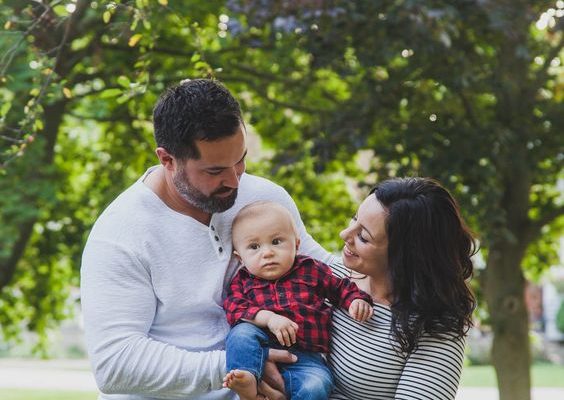Do What Is Best for Your Family

Cultivating a household environment that promotes the well-being of every family member is a fundamental aim shared by many. Families, as unique microcosms with distinctive values and dynamics, require personalized approaches to ensure each member’s needs are met and nurtured.
When pondering over what is best for your clan, the first step typically involves communication. Engaging in open discussions grants a platform where everyone’s voice can be heard and taken into account. This democratic strategy empowers family members to express their individual needs, fears, and aspirations, allowing for collective decision-making that considers the interests of all.
Education serves as another pillar when deciding what’s best. It might not merely pertain to formal schooling but extends to learning life skills, cultural norms, and ethical values. Prioritizing education equips family members with the tools necessary to navigate the complexities of life and cultivates a culture of lifelong learning and curiosity.
Health is an undeniable priority for any family aiming for the best for its members. This not only covers physical wellness through proper nutrition and regular exercise but also acknowledges the importance of mental health. Encouraging healthy habits, providing access to medical care, and fostering an environment where mental health issues can be discussed without stigma are crucial elements of a healthy family life.
Financial stability can also greatly contribute to what’s best for a family. Budgeting, saving, investing wisely, and teaching sound financial practices help shield your household from economic hardships and prepare future generations for financial independence.
In addition to these practical considerations, it’s vital not to neglect the emotional bonds that tie a family together. Quality time spent in each other’s company – whether through shared meals, recreational activities or simply relaxing together – strengthens relationships and provides a sense of belonging and support.
Lastly, adapting to change is integral. As family dynamics shift due to events like births, deaths, marriages, or even relocation – being open to modification and flexible with routines is essential in doing what is best for the familial structure.
Choosing what’s best for your family is an ongoing process; it requires thoughtful deliberation and sometimes difficult choices. However, anchored on these principles – communication, education, health and well-being, financial security, emotional connection, and adaptability – families can make decisions that enable each member to flourish while nurturing the family unit as a whole.






